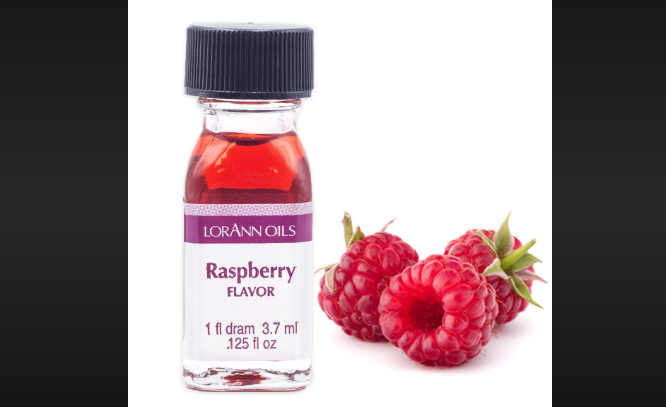Exploring the Origins of Raspberry Flavoring: Unveiling Nature's Secrets
Raspberry flavoring is a widely beloved and versatile taste that adds a burst of sweetness and tartness to a variety of culinary delights. But have you ever wondered where this delightful flavor comes from? In this article, we'll take a journey into the origins of raspberry flavoring, uncovering the natural sources, production methods, and its presence in various products.

Where does raspberry flavoring come from?
1. The Natural Source of Raspberry Flavoring
Raspberry flavoring is primarily derived from the essence of real raspberries. Raspberries are vibrant red, pink, or black berries that grow on raspberry bushes belonging to the genus Rubus.
These berries are known for their distinctive blend of sweetness and tanginess, making them a popular choice for flavoring a wide range of foods and beverages.
2. Methods of Extracting Raspberry Flavor
There are several methods used to extract the rich and vibrant flavor of raspberries:
-
Natural Extraction: The traditional method involves crushing fresh or frozen raspberries and extracting their juices. These juices contain the concentrated flavor compounds naturally found in raspberries.
-
-
Steam Distillation: In this method, steam is passed through crushed raspberries to separate the volatile flavor compounds from the fruit. The steam is then condensed back into a liquid form, capturing the essence of raspberry flavor.
-
-
Solvent Extraction: Solvents like ethanol or hexane can be used to extract raspberry flavor compounds. This method is particularly useful for capturing specific flavor molecules that contribute to the overall taste profile.
-
3. Utilization in Culinary Creations
The versatility of raspberry flavoring makes it a favorite among chefs and food manufacturers:
-
Baked Goods: Raspberry flavoring is frequently used to infuse cakes, pastries, muffins, and other baked goods with its delightful taste. It can be incorporated into batters, fillings, or even used as a glaze.
-
-
Beverages: From refreshing raspberry lemonades to cocktails and mocktails, raspberry flavoring adds a refreshing twist to a wide array of beverages.
-
-
Dairy Products: Raspberry-flavored yogurts, ice creams, and sorbets offer a cool and creamy treat with a zing of natural fruit flavor.
-
-
Confections: Raspberry flavoring is a popular choice for candies, chocolates, and gummies, contributing a burst of fruity goodness.
-
4. The Presence of Raspberry Flavor in Various Products
Raspberry flavoring has found its way into numerous products beyond the culinary realm:
-
Cosmetics: The natural aroma of raspberries is often used in cosmetics and personal care products such as lip balms, lotions, and perfumes to provide a pleasant scent.
-
-
Aromatherapy: The invigorating and uplifting scent of raspberry is incorporated into essential oils and aromatherapy blends to enhance emotional well-being.
-
-
Candles: Raspberry-scented candles are a popular choice for creating a soothing and aromatic ambiance.
-
-

Red raspberry
Raspberry flavoring is a testament to the ingenuity of humans in harnessing the essence of nature's bounty. Through various extraction methods and applications, the delightful taste and aroma of raspberries have been incorporated into a wide range of products, enriching our culinary experiences and sensory pleasures. Whether you're indulging in a raspberry-flavored dessert or enjoying the subtle scent of raspberry-scented candles, you're savoring the result of careful craftsmanship that captures the essence of this beloved berry.